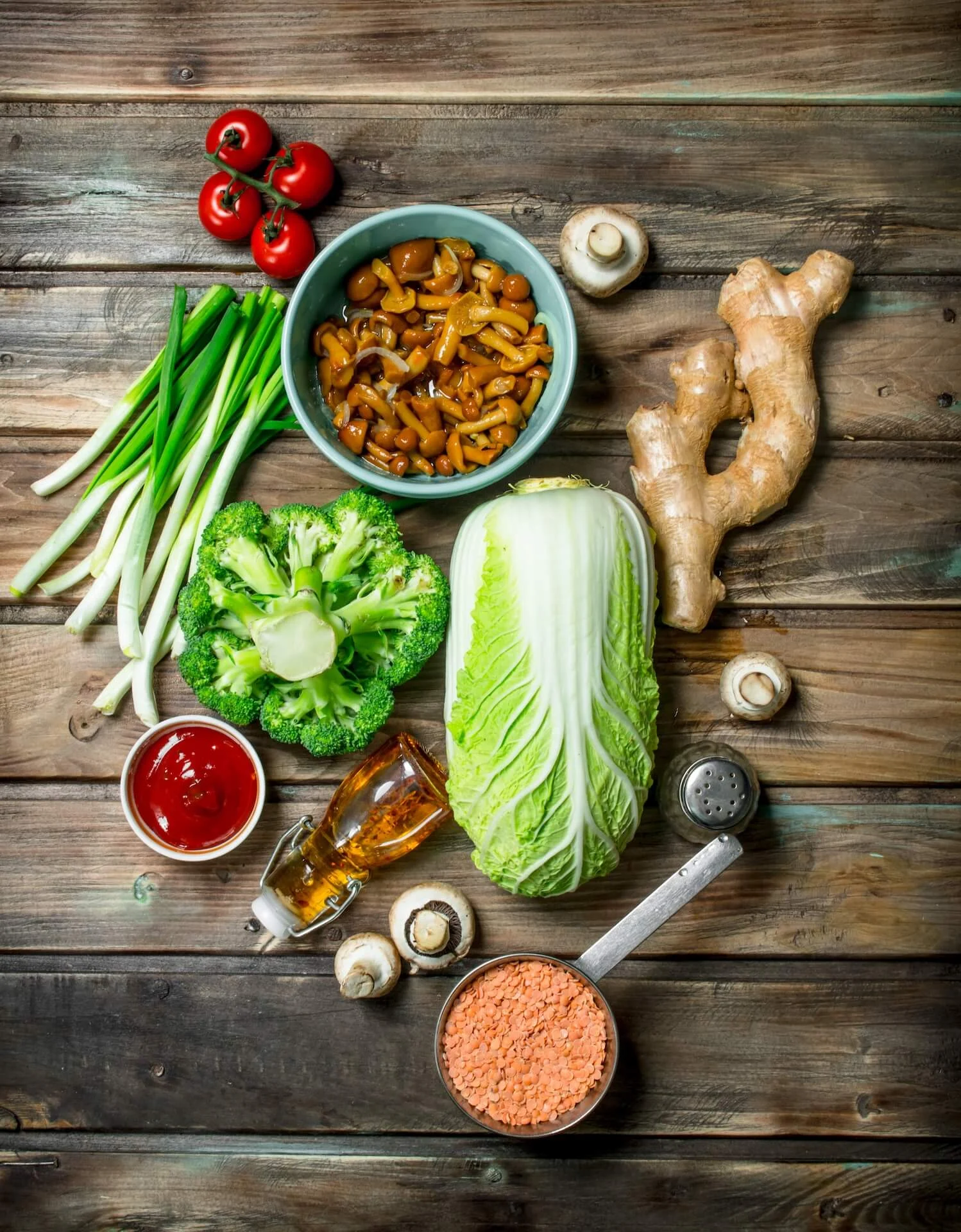By Tamar Feldman, RDN, CDCES
When Ahron, a 25-year-old newlywed and father of a baby, was diagnosed with Crohn’s disease, he felt a mix of shock and fear. The medication his doctor prescribed helped some of his symptoms—but not enough. He still battled abdominal pain, unpredictable diarrhea, and the looming anxiety of a future flare-up.
Like so many of my patients, he and his wife were left with more questions than answers. “Doesn’t food have something to do with this?” they wondered. Deep down, they suspected what they had been told—that diet doesn’t really matter in Crohn’s—just couldn’t be true.
They were right. And this is where our work together began.
Crohn’s Disease and the Power of Food
Ahron came to our first session unsure of what diet could really do. He was also realistic—he wasn’t the type to stick to an extreme, complicated food plan. What he wanted was:
- Relief from daily pain and diarrhea
- A strategy to prevent future flare-ups
- A way to avoid stronger medications if possible
On the surface, his lifestyle told me a lot:
- He was a high-achieving, intense personality (and stress-prone).
- His diet was full of processed foods—danishes, soda, quick convenience meals.
- He wasn’t exercising.
- His symptoms were at a 5/10—frustrating but not debilitating.
In other words, Ahron was the perfect candidate for a nutrition-focused, realistic approach.
Why We Chose the Mediterranean Diet
There are many “Crohn’s diets” out there, from ultra-restrictive plans to experimental regimens. But one study—the DINE-CD trial—stood out to me. It compared the very strict Specific Carbohydrate Diet (SCD) with the Mediterranean Diet and found that both had nearly identical results for mild Crohn’s: about 35% of patients achieved remission.
Given the evidence, and Ahron’s need for something manageable, the Mediterranean Diet was the clear winner, as it checked off many of our criteria we discussed together:
- Flexible and enjoyable
- Supported by research
- Rich in anti-inflammatory foods
- Sustainable for the long term
We layered in some gut-specific principles:
- Cut out food additives and chemicals linked to IBD
- Choose organic wheat, corn, and oats when possible (to reduce glyphosate exposure)
- Use only healthy fats (olive and avocado oil instead of processed oils)
- Boost anti-inflammatory, brightly colored fruits and vegetables (starting with cooked, then moving to raw as tolerated)
- Focus on protein for healing—fish, beans, white chicken, limited red meat
- Allow A1-protein-free dairy, which is less inflammatory
As I told Ahron:
“Gut healing isn’t just about what you take out—it’s about what you put in.”
More Than Food: Stress, Sleep, and Movement
Food was the foundation, but Crohn’s is an inflammatory condition—and inflammation is fueled by more than diet. Ahron’s intense, high-achieving personality meant stress was a big trigger for him.
We worked on:
- Daily movement: A brisk 15–20-minute walk during lunch → lowered inflammation and stress
- Stress management: Practical tools for calming cortisol spikes
- Sleep hygiene: Consistency and quality to support immune balance
The Role of Supplements
In addition to diet and lifestyle, Ahron started a simple supplement plan designed for gut healing:
- A short-term gut healing powder to support intestinal lining repair
- High-dose probiotic
- Curcumin (anti-inflammatory turmeric extract)
- N-Acetyl-Glucosamine (NAG), vegan sourced
What He Ate (and Loved)
Here’s a peek at the kinds of meals that worked for him:
Breakfasts:
- Whole grain toast with avocado or eggs
- Oatmeal with almond milk and honey
- A1-protein-free yogurt smoothie with berries, chia, nut butter, and pea protein
- Almond flour pancakes
Snacks:
- Homemade energy balls
- Almond butter on banana or rice cakes
- Guacamole with organic crackers
- Cooked fruit compote
Lunches:
- Sandwiches with tuna (made with avocado oil mayo), eggs, or nut butter
- Lentil pasta with sauce and A1-free cheese
- Leftover fish with quinoa or sweet potato
- Soups or cooked veggies
Dinners:
- Chicken or fish with quinoa, potatoes, or squash
- Bean chili with brown rice and vegetables
- Lentil or bean-based soups
- Homemade pizza with organic flour
The Results: From Frustration to Freedom
- At 6 weeks:
His symptoms dropped from a 5/10 to a 3/10. He felt clearer, more energized, and less weighed down by symptoms. - At 12 weeks:
Symptoms were almost gone—just a 1–2/10 on his personal scale. His calprotectin, a marker of inflammation in the blood, was entirely at normal levels for the first time since his diagnosis. He felt optimistic, empowered, and grateful that managing Crohn’s didn’t require an extreme, joyless diet.
Takeaways for Crohn’s Disease Management
- The Mediterranean Diet works. For many with mild Crohn’s, it’s as effective as stricter plans, but much more sustainable.
- Food heals both ways. Removing harmful additives matters, but so does adding in nourishing, anti-inflammatory foods.
- Lifestyle is medicine. Stress, movement, and sleep can make or break gut healing.
- You don’t need extreme diets. Moderate, consistent changes can bring powerful results.
Final Thoughts
Ahron’s story is one of hope. With the right guidance, Crohn’s disease can be managed in a way that feels doable—not punishing. Diet, lifestyle, and targeted supplements gave him back his energy, freedom, and confidence in his health.
If you’ve been told that diet doesn’t matter for Crohn’s, think again. The right foods can make all the difference.
Name changed for privacy.


